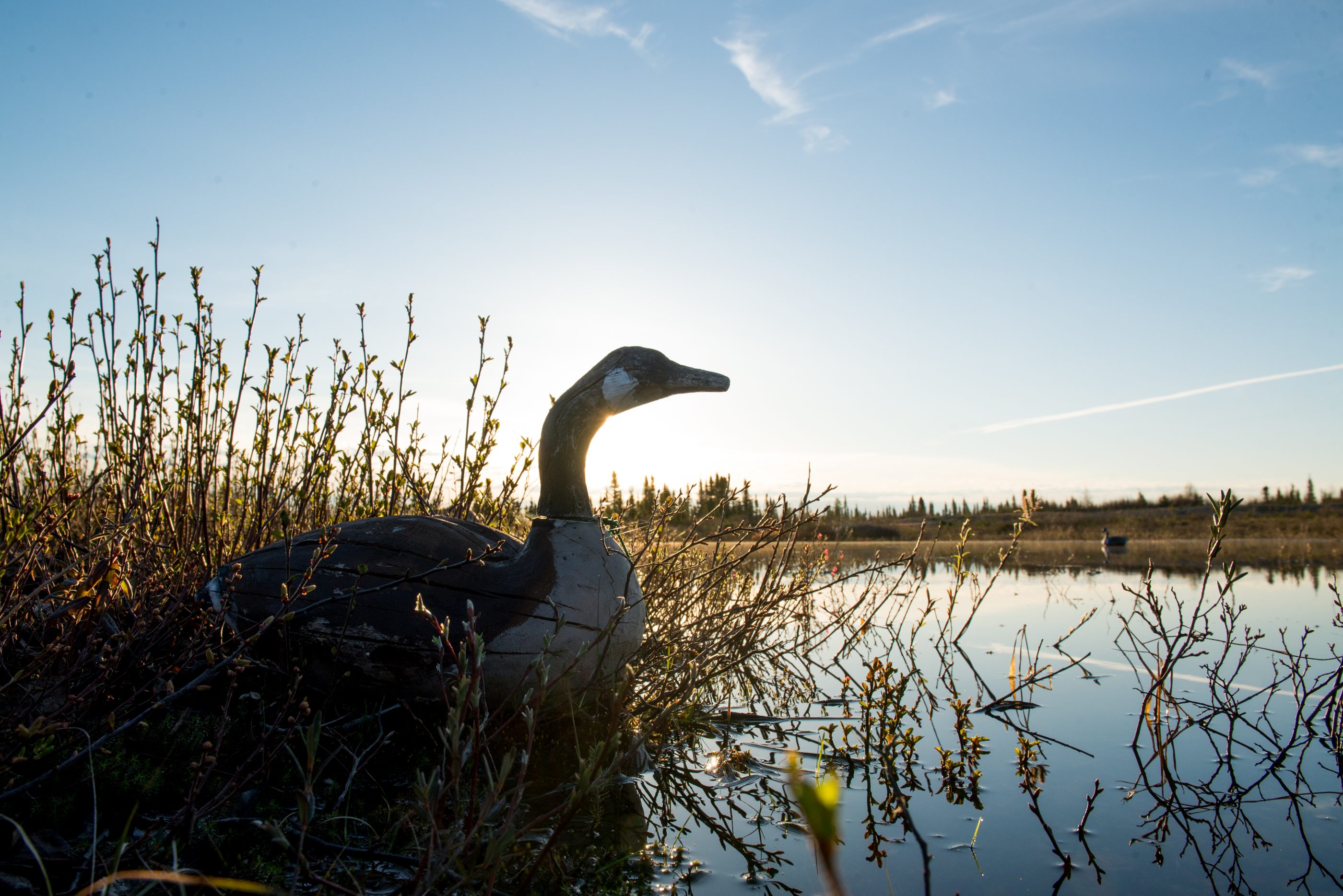The Environmental and Social Impact Assessment (ESIA) process was established under Section 22 of the James Bay and Northern Quebec Agreement (JBNQA). Its purpose is to ensure an early assessment and review of the environmental and social impacts of proposed development projects in Eeyou Istchee.
Environmental and Social Impact Assessment (ESIA)
